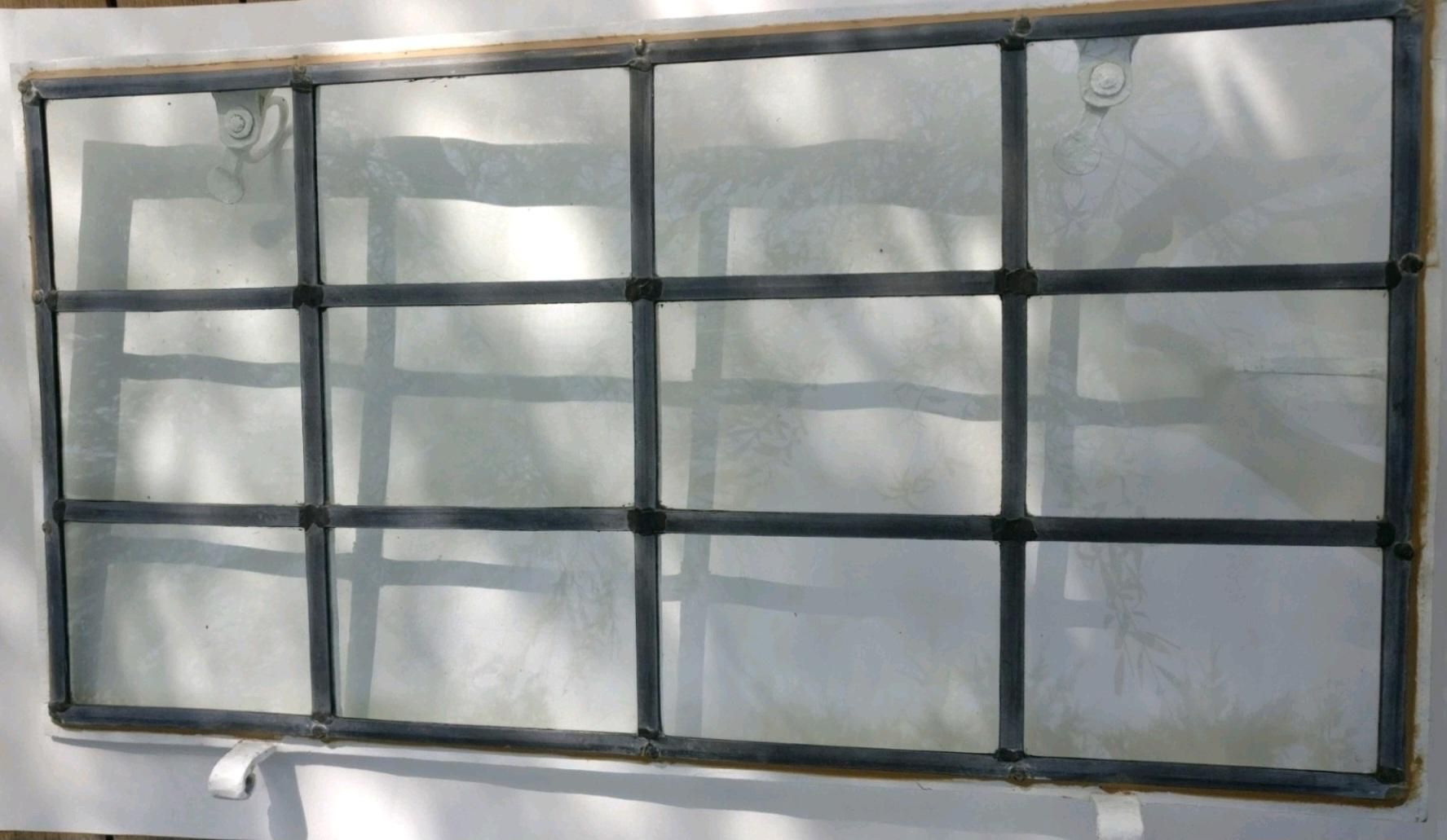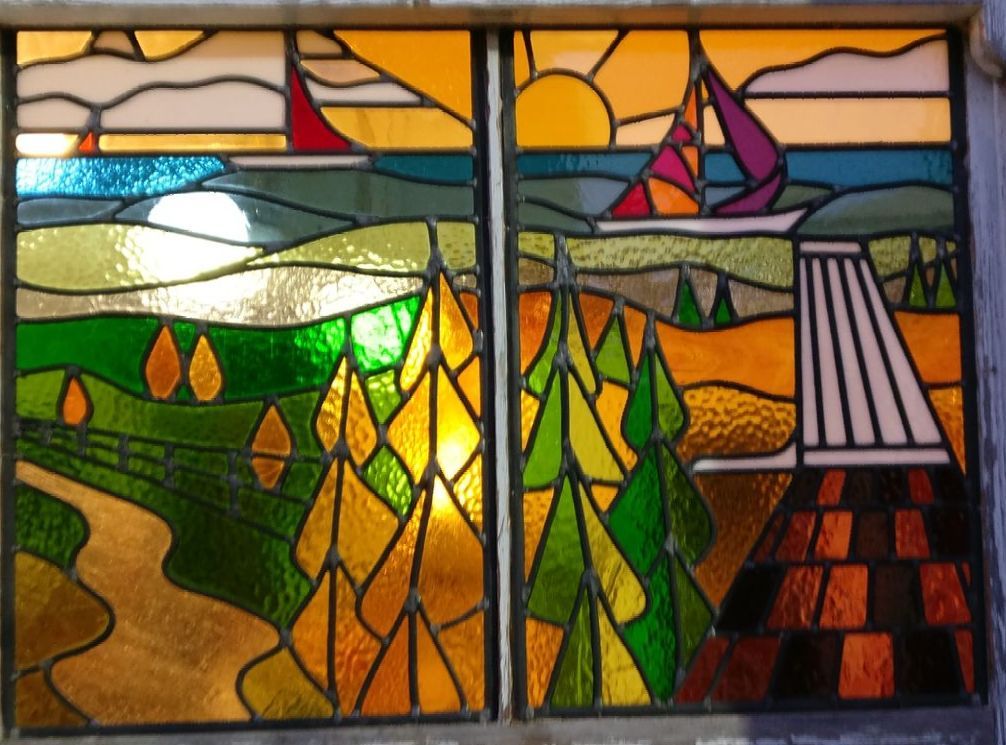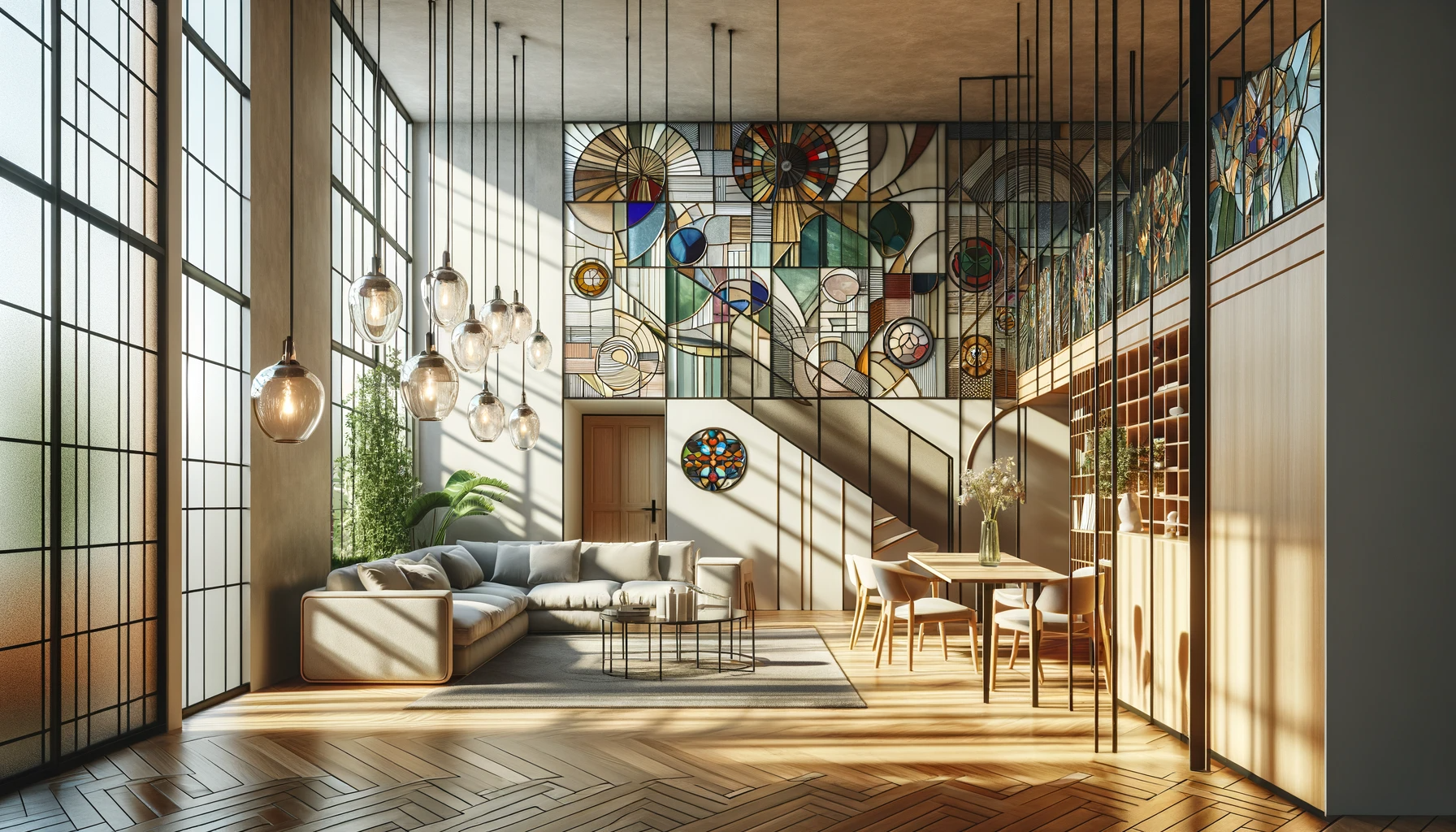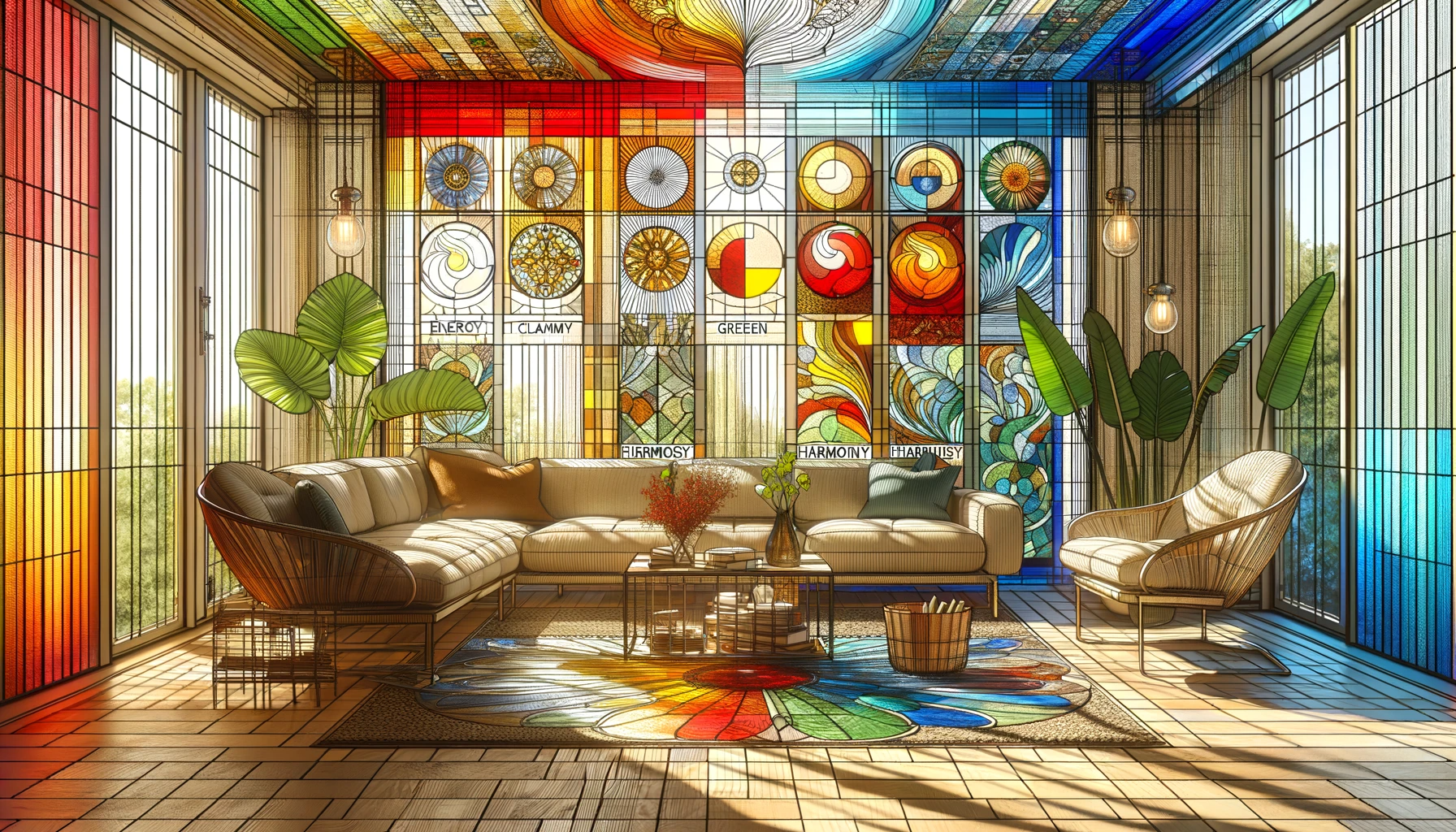Repairing a Stained Glass or Lead Light Panel
“I was on my ride-on mower and went over a golf ball which then flew into my lead light door – shattering the glass and distorting the lead.”
“Someone attempted (and failed) to break in through my stained glass front door and it’s now damaged”
“My dog has jumped up at the lead light door and its claws have distorted the lead and the panel is now bowing”
“My teenage son left the house in a mood – slamming the front door behind him and breaking a number of panes of glass in the process”
These are just some of the scenarios that clients have approached me about over the 23+ years I have worked as a stained glass artist and lead light maker/restorer.
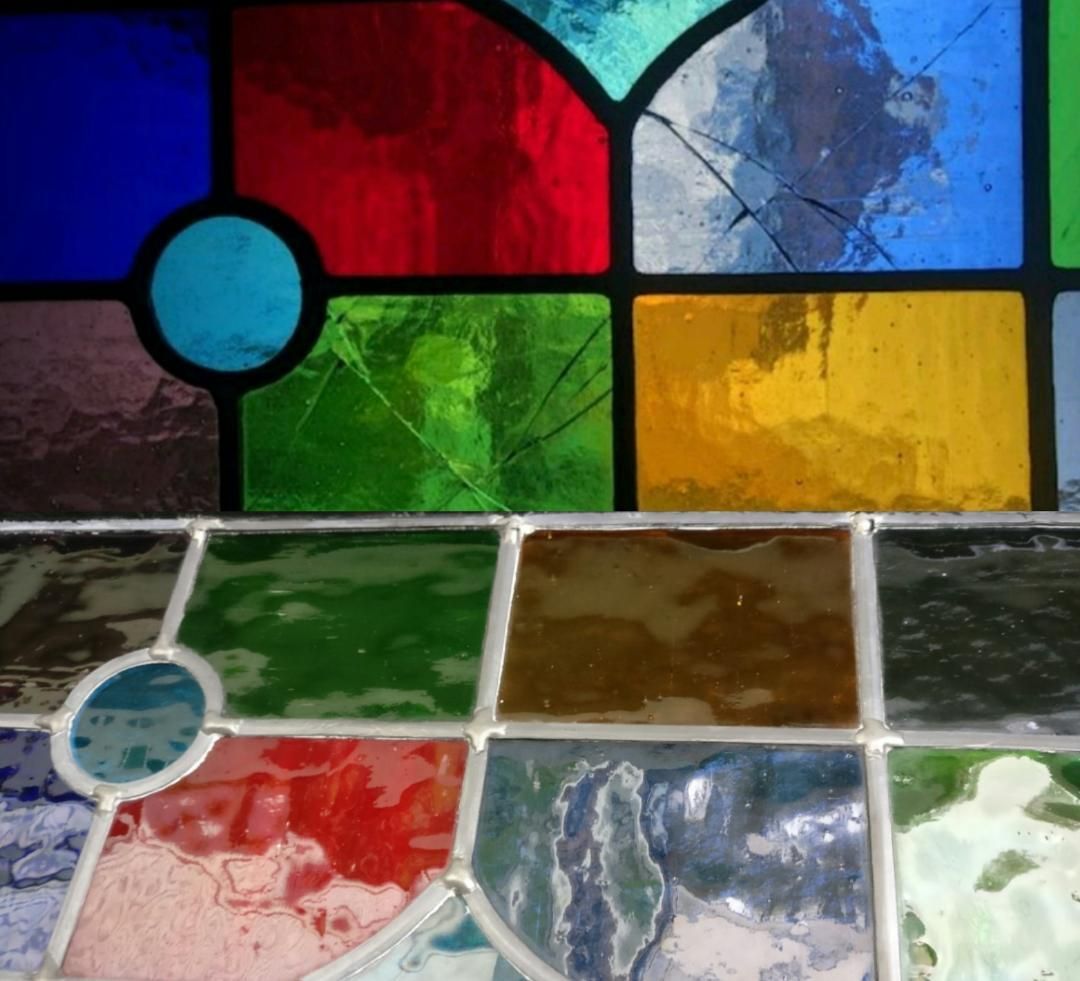
My first words to the clients are always of reassurance that what is now broken can be fixed. The techniques I have developed and mastered enable me to effect a repair that is very often imperceptible – even to the trained eye. I’m not going to give my trade secrets away in this blog, but suffice to say that there is a way of extracting the broken glass using a method that doesn’t distort the lead came. This technique, along with the ingredients of the lead cement that is sandwiched between the glass and lead will remain a piece of information passed from one craftsmen to the next generation!
Sometimes what seems like a disaster to a client seeing their much prized original feature in a state of disrepair, calls for urgent attention because the cold and rain are now causing an issue. On other occasions, the damage was done many years ago and the client has simply not seen a way to resolve it – having not found anyone who specialises in this type of repair. Sometimes they have called on the assistance of local glaziers, who with a sharp intake of breath, have told them that “it’s not our area of expertise.”
The process
I’ll first ask a client to email me photos of the damaged panel – this sets up a correspondence between us and enables me to come up with a speedy solution. Many of the repairs I carry out can be done ‘in situ’ and within one visit which can be incredibly convenient to the client. My preferred approach is to provide a costing that is all inclusive and allows the customer to be confident of the final total.
If a panel has suffered more serious damage and cannot be repaired in place, I will remove it to bring back to my workshop so that it can be worked on more intensely before returning to refit it once restored. I always leave the client’s property with security boarding in place during the panel’s absence.
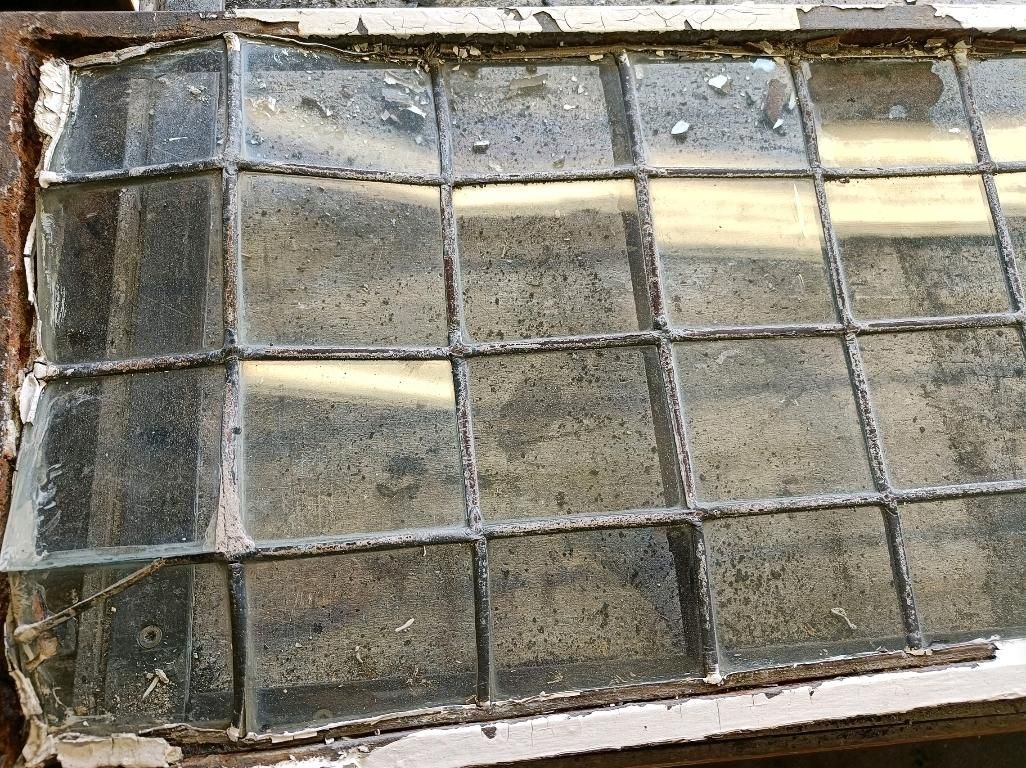
Wobbly door panels
The other scenario I’m often presented with is where a door panel has lost its rigidity. This is generally the result of often a century’s worth of opening and closing, banging and slamming! If the door panels are a pair and are long and slender, invariably the damage is concentrated on the locking edge rather than the hinged edge of the door; this is because this part of the door experiences the full force and intensity of opening and closing.
If the door has a large single panel, then it is often secured internally to a horizontal saddle bar – a rigid steel bar designed to reinforce. The panel is attached to this bar with small copper ties, which over time, become fatigued and snap. This issue, combined with the movement in the door panel over time, makes little fractures appear along the lead came adjacent to the solder joints and the panel will often develop a bowed or ‘bellied’ appearance. In this scenario, the ultimate approach which will provide the panel with 100+ years of further enjoyment, is to rebuild it using the original glass – some of which may no longer be in production and may be of real character. If there are losses of a particular antique, textured glass, I will often have conserved and preserved stock of this glass from redundant panels that can be transplanted into the new panel.
A less invasive and more economical approach is to resolder the fractured intersections of lead and at the same time, reattach new copper ties to secure the panel to the saddle bar. Because molten solder obeys the laws of gravity, the door is taken off its hinges and worked on using a trestle bench at the property. This process instantaneously provides the panel with more strength, regaining its original rigidity and can extend its lifespan by a number of years.
In sharing my experience and knowledge with you in this blog, my endeavour is to reassure you that the heartbreak the damage may have caused can be melted away once my skills have been employed.
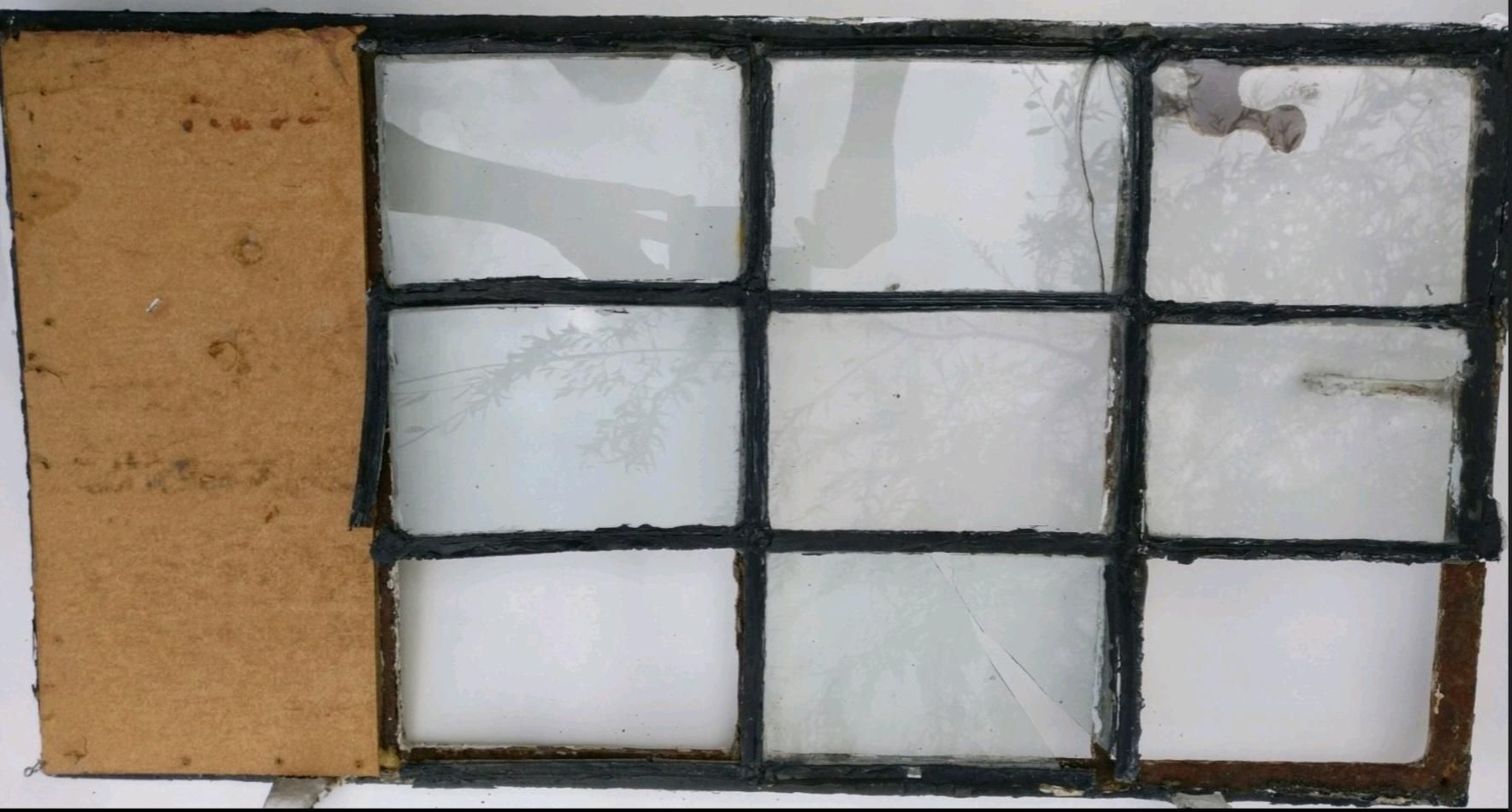
Above is a picture of a badly damaged lead light panel before restoration and below shows the restored panel
